Policymakers, economists remain apart on growth outlook
By Korea HeraldPublished : Oct. 13, 2016 - 16:47
Economic policymakers and private economists are making vastly different forecasts of the South Korean economy’s growth rate this year and next.
Vice Finance Minister Choi Sang-mok said last week he expects the economy to reach the government-set growth target of 2.8 percent this year, despite lingering downside risks in the remainder of the year.
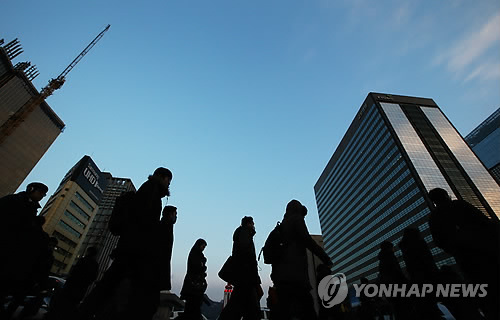
In June, the government revised down its 2016 growth forecast by 0.3 percentage points to 2.8 percent. The Korean economy, the fourth-largest in Asia, expanded by 2.6 percent last year, slowing from the previous year’s performance of 3.3 percent.
Days after Choi’s remarks, the government announced a set of fiscal stimulus measures worth 10.1 trillion won ($8.9 billion) to be implemented in the fourth quarter of the year to minimize fallout from downside risks at home and abroad, including ongoing corporate restructuring, walkouts at carmakers and a possible US interest rate hike.
Private research institutes here have adopted a gloomier tone on the growth prospects of the Korean economy.
In a report released last week, the LG Economic Research Institute projected the country’s economy will grow by 2.5 percent this year.
The Korea Economic Research Institute and Hyundai Research Institute earlier estimated the 2016 growth rate to be 2.3 percent and 2.5 percent, respectively.
“Private consumption will weaken significantly in the fourth quarter, making it difficult to reach the government-set growth target,” said Kim Chang-bae, a KERI researcher.
Over the past few years, domestic spending has played a key role in propping up the sluggish economy, counterbalancing slumping exports.
According to data from the Ministry of Trade, Industry and Energy, Korea’s exports fell by 5.9 percent from a year earlier in September, backtracking from a 2.6 percent gain in the previous month, which had put a stop to the record 19 consecutive months of on-year decline that began in January 2015.
A recent survey by the Korea International Trade Association showed a majority of Korean exporters expect business conditions to worsen in the fourth quarter due partly to falling prices and slumping demand in emerging markets.
The government has tried to offset the negative effect of declining exports on growth by boosting domestic demand.
In the latest such effort, a nationwide shopping festival called “Korea Sale Festa” was held for five days from Sept. 29, driving up sales at department stores and large discount stores in the country.
But many economists are saying that consumer spending is likely to dampen in the aftermath of the implementation of a strict anti-graft law, coupled with an end to the extension of an excise tax reduction and layoffs from corporate restructuring.
The wide discrepancy between the views of the government and private institutes can also be seen in their forecasts on Korea’s economic growth next year.
The Ministry of Strategy and Finance predicts Korea’s economy will expand by 3 percent in 2017. Ministry officials seem to be in tune with forecasts by global institutes such as the International Monetary Fund and the Organization for Economic Cooperation and Development. Both the IMF and the OECD project the Korean economy will show a 3 percent growth next year.
But the three local research institutes agree that the government’s growth outlook for next year is hard to accept, as economic conditions at home and abroad look set to deteriorate.
“No factor can be found to back the view that our economy will be better next year,” said Kang Joong-koo, an LGERI analyst.
LGERI and KERI project that the Korean economy will grow by as low as 2.2 percent in 2017, while HRI estimates the growth rate will be around 2.6 percent.
Critics say government policymakers tend to rely on the views of the IMF and other international organizations in suggesting their estimates.
Kang said forecasts by international institutes reflect a model based on the assumption that the world economy will revert to the average growth of the past on a long-term economic cycle, but the level of growth is seen to have been structurally lowered since the global financial crisis.
In its latest World Economic Outlook report released last week, the IMF maintained its estimate on global economic expansion unchanged at 3.1 percent for this year and 3.4 percent for next year.
Many economists have said that Korea needs to strengthen efforts to boost its long-term growth potential rather than continuously resorting to short-term measures to pull the economy out of a low-growth rut.
The Finance Ministry said in a recent report to the parliament that the government will carry out sweeping structural reforms and seek new growth engines to promote the country’s growth potential.
It is important to move in this direction in a consistent and persistent manner despite changes in the government, economists say.
“Our country may risk facing another economic crisis similar to the foreign exchange crisis in the late 1990s if we fail to improve our economic fundamentals,” said an official at the Korea Chamber of Commerce and Industry, asking not to be named.
By Kim Kyung-ho (khkim@heraldcorp.com)
Vice Finance Minister Choi Sang-mok said last week he expects the economy to reach the government-set growth target of 2.8 percent this year, despite lingering downside risks in the remainder of the year.

In June, the government revised down its 2016 growth forecast by 0.3 percentage points to 2.8 percent. The Korean economy, the fourth-largest in Asia, expanded by 2.6 percent last year, slowing from the previous year’s performance of 3.3 percent.
Days after Choi’s remarks, the government announced a set of fiscal stimulus measures worth 10.1 trillion won ($8.9 billion) to be implemented in the fourth quarter of the year to minimize fallout from downside risks at home and abroad, including ongoing corporate restructuring, walkouts at carmakers and a possible US interest rate hike.
Private research institutes here have adopted a gloomier tone on the growth prospects of the Korean economy.
In a report released last week, the LG Economic Research Institute projected the country’s economy will grow by 2.5 percent this year.
The Korea Economic Research Institute and Hyundai Research Institute earlier estimated the 2016 growth rate to be 2.3 percent and 2.5 percent, respectively.
“Private consumption will weaken significantly in the fourth quarter, making it difficult to reach the government-set growth target,” said Kim Chang-bae, a KERI researcher.
Over the past few years, domestic spending has played a key role in propping up the sluggish economy, counterbalancing slumping exports.
According to data from the Ministry of Trade, Industry and Energy, Korea’s exports fell by 5.9 percent from a year earlier in September, backtracking from a 2.6 percent gain in the previous month, which had put a stop to the record 19 consecutive months of on-year decline that began in January 2015.
A recent survey by the Korea International Trade Association showed a majority of Korean exporters expect business conditions to worsen in the fourth quarter due partly to falling prices and slumping demand in emerging markets.
The government has tried to offset the negative effect of declining exports on growth by boosting domestic demand.
In the latest such effort, a nationwide shopping festival called “Korea Sale Festa” was held for five days from Sept. 29, driving up sales at department stores and large discount stores in the country.
But many economists are saying that consumer spending is likely to dampen in the aftermath of the implementation of a strict anti-graft law, coupled with an end to the extension of an excise tax reduction and layoffs from corporate restructuring.
The wide discrepancy between the views of the government and private institutes can also be seen in their forecasts on Korea’s economic growth next year.
The Ministry of Strategy and Finance predicts Korea’s economy will expand by 3 percent in 2017. Ministry officials seem to be in tune with forecasts by global institutes such as the International Monetary Fund and the Organization for Economic Cooperation and Development. Both the IMF and the OECD project the Korean economy will show a 3 percent growth next year.
But the three local research institutes agree that the government’s growth outlook for next year is hard to accept, as economic conditions at home and abroad look set to deteriorate.
“No factor can be found to back the view that our economy will be better next year,” said Kang Joong-koo, an LGERI analyst.
LGERI and KERI project that the Korean economy will grow by as low as 2.2 percent in 2017, while HRI estimates the growth rate will be around 2.6 percent.
Critics say government policymakers tend to rely on the views of the IMF and other international organizations in suggesting their estimates.
Kang said forecasts by international institutes reflect a model based on the assumption that the world economy will revert to the average growth of the past on a long-term economic cycle, but the level of growth is seen to have been structurally lowered since the global financial crisis.
In its latest World Economic Outlook report released last week, the IMF maintained its estimate on global economic expansion unchanged at 3.1 percent for this year and 3.4 percent for next year.
Many economists have said that Korea needs to strengthen efforts to boost its long-term growth potential rather than continuously resorting to short-term measures to pull the economy out of a low-growth rut.
The Finance Ministry said in a recent report to the parliament that the government will carry out sweeping structural reforms and seek new growth engines to promote the country’s growth potential.
It is important to move in this direction in a consistent and persistent manner despite changes in the government, economists say.
“Our country may risk facing another economic crisis similar to the foreign exchange crisis in the late 1990s if we fail to improve our economic fundamentals,” said an official at the Korea Chamber of Commerce and Industry, asking not to be named.
By Kim Kyung-ho (khkim@heraldcorp.com)
-
Articles by Korea Herald


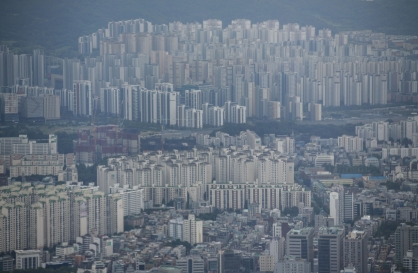
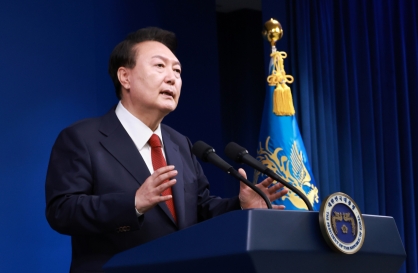
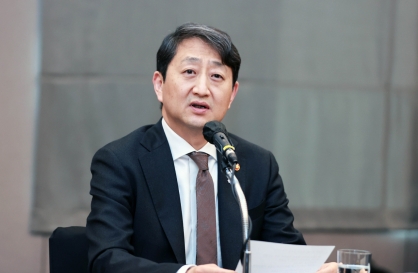
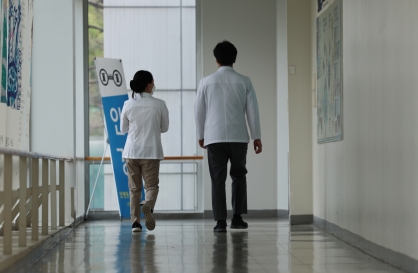
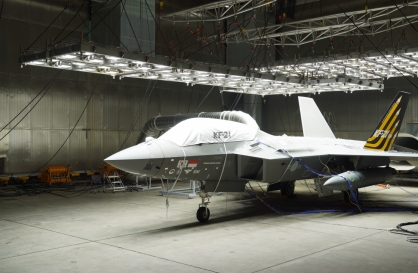


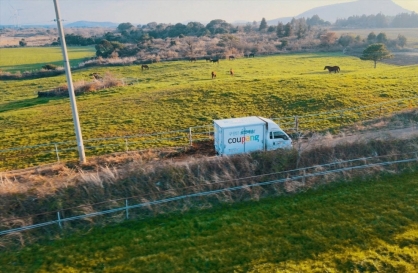
![[K-pop’s dilemma] Time, profit pressures work against originality](http://res.heraldm.com/phpwas/restmb_idxmake.php?idx=644&simg=/content/image/2024/05/08/20240508050705_0.jpg&u=20240508171126)




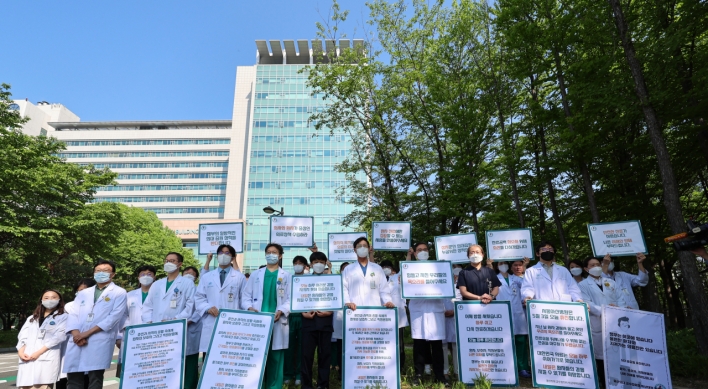
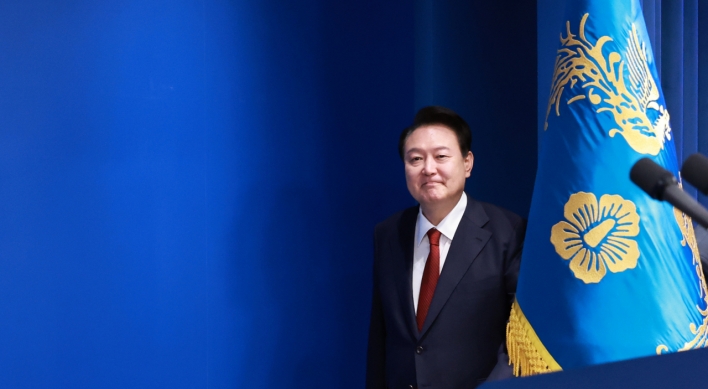
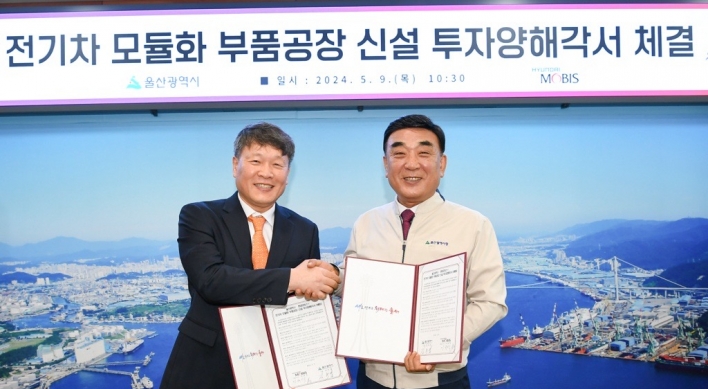
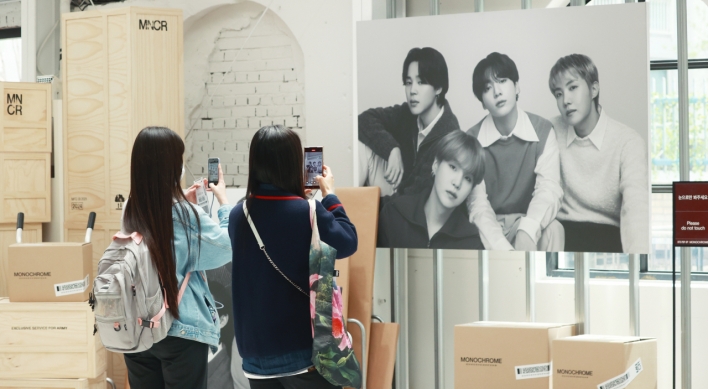
![[Today’s K-pop] Stray Kids to drop new album in July: report](http://res.heraldm.com/phpwas/restmb_idxmake.php?idx=642&simg=/content/image/2024/05/09/20240509050659_0.jpg&u=)